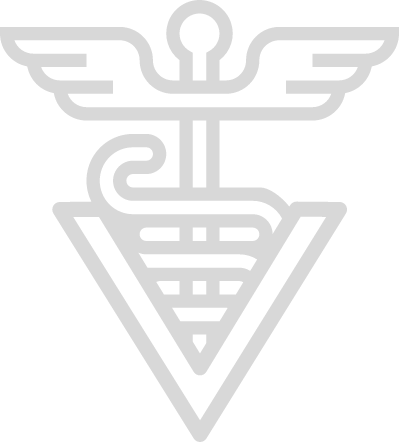
YOU ARE OBSERVING
Swelling on Poll or Neck behind Skull
Summary
Fractures of the neck are common, especially among young horses. Traumatic injuries to the muscles, spine or nuchal ligament (the heavy ligament that attaches to the base of the skull and helps hold up the head), can result in such swelling. Horses that set back while tied can easily fracture their necks.
The swelling of this area has long been associated with a classic but now rare disease, "Poll Evil" which is caused by a Brucellosis bacterial infection.
-
Code Red
Call Your Vet Immediately, Even Outside Business Hours- If you notice apparent wobbliness or weakness, in addition to this sign.
-
Code Orange
Call Your Vet at Their First Available Office Hours- If the results of the Whole Horse Exam (WHE) suggest the horse is otherwise normal.
- If the swelling is mild or moderate, and not increasing rapidly.
your role

What To Do
Examine the area closely and assess the horse's general health using the Whole Horse Exam (WHE). Assess the horse's ability to walk, because spinal cord injuries can result in difficulty walking or wobbliness.
Share your findings and concerns with your vet.
What Not To Do
Do not force the horse to walk forward if they are very reluctant.
Skills you may need
Procedures that you may need to perform on your horse.
your vet's role

- When did you first notice this?
- What is the horse's age, sex, breed and history?
- Was the horse involved in an accident that you know of?
- Does the horse react in pain when pressure is put on the area?
- Have you noticed that the horse is stiff or sore?
- Do you notice any apparent unsteadiness or wobbliness?
- Can you see drainage or a wound?
- What are the results of the Whole Horse Exam (WHE)?
Diagnostics Your Vet May Perform
Figuring out the cause of the problem. These are tests or procedures used by your vet to determine what’s wrong.
Diagnoses Your Vet May Consider
The cause of the problem. These are conditions or ailments that are the cause of the observations you make.
Treatments Your Vet May Recommend
A way to resolve the condition or diagnosis. Resolving the underlying cause or treating the signs of disease (symptomatic treatment)
